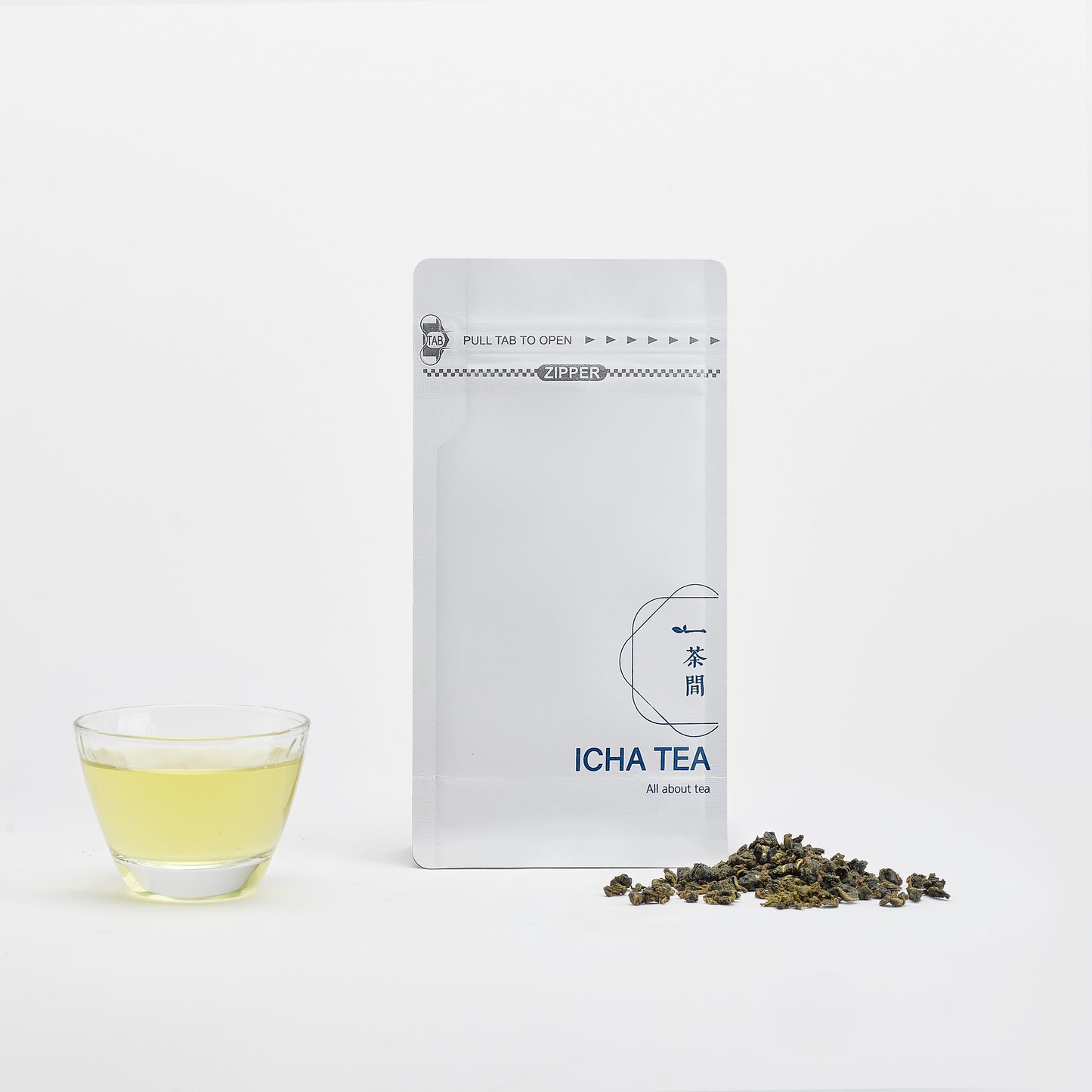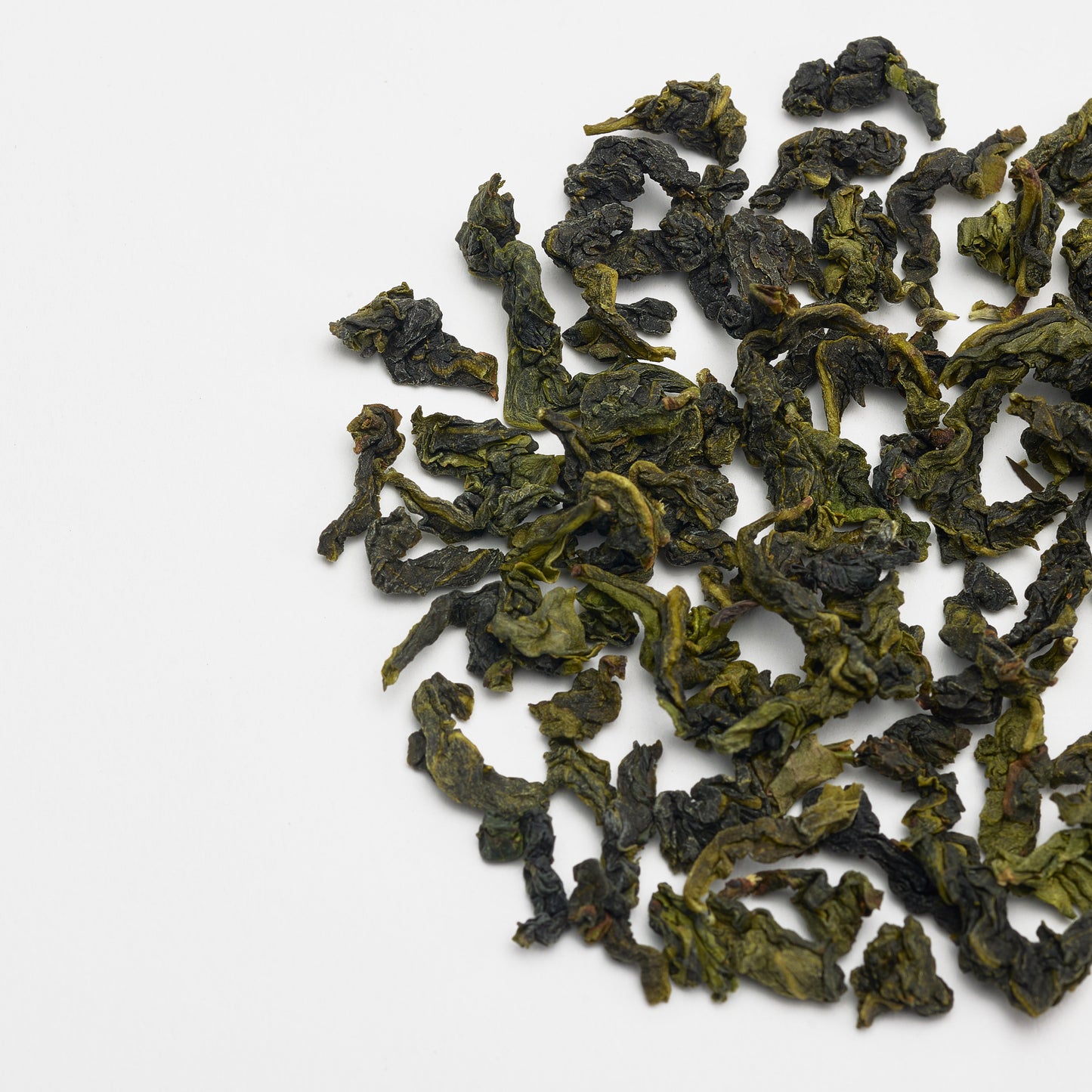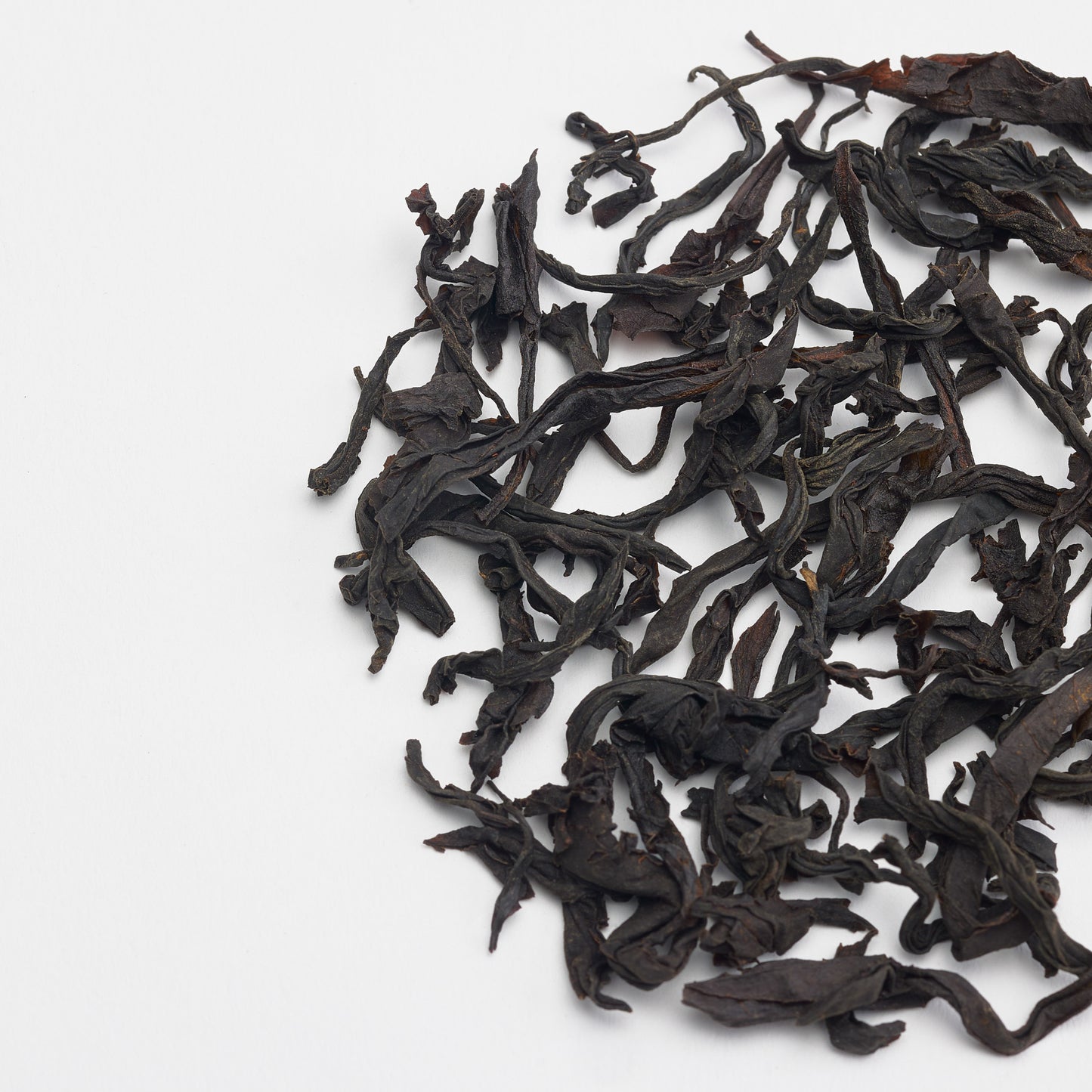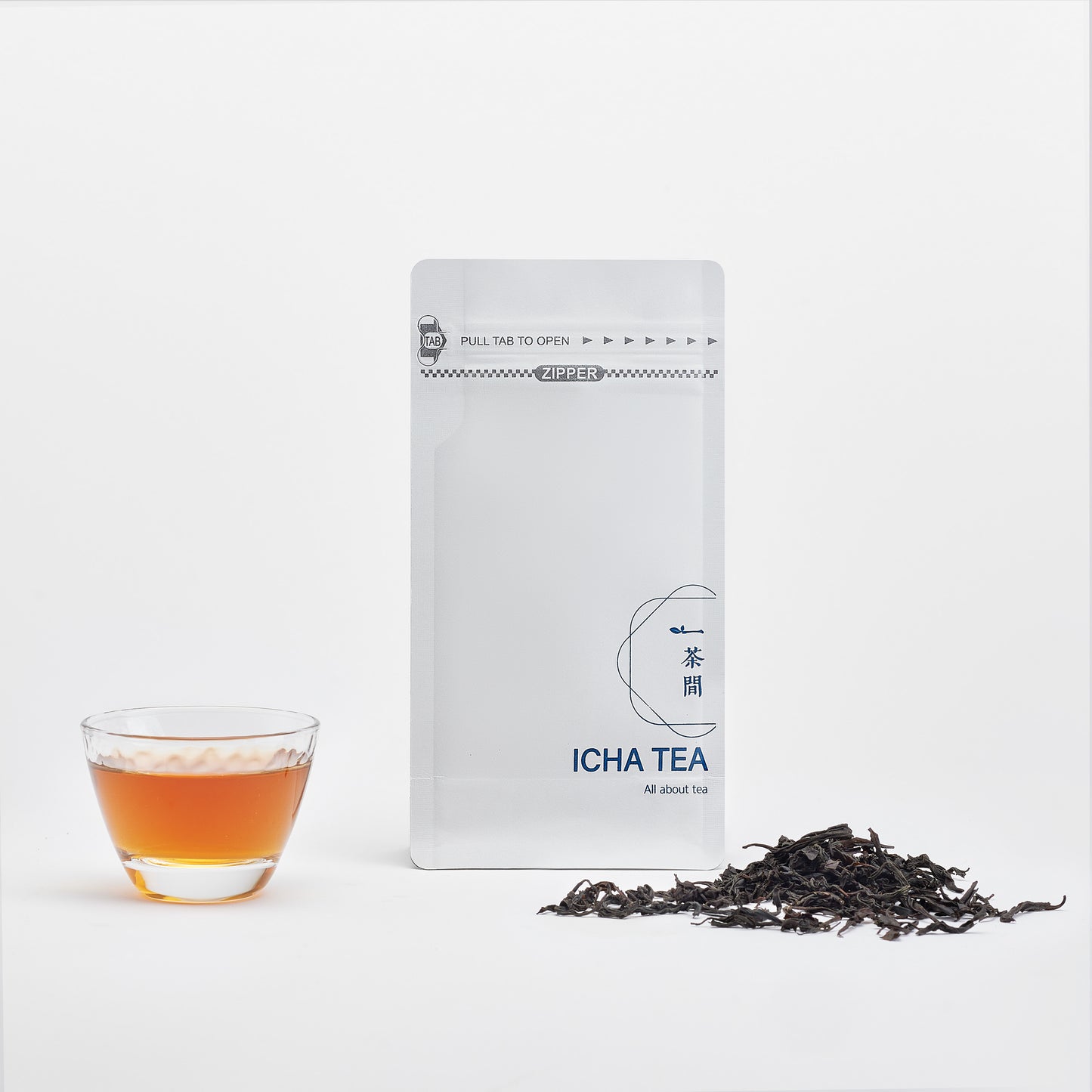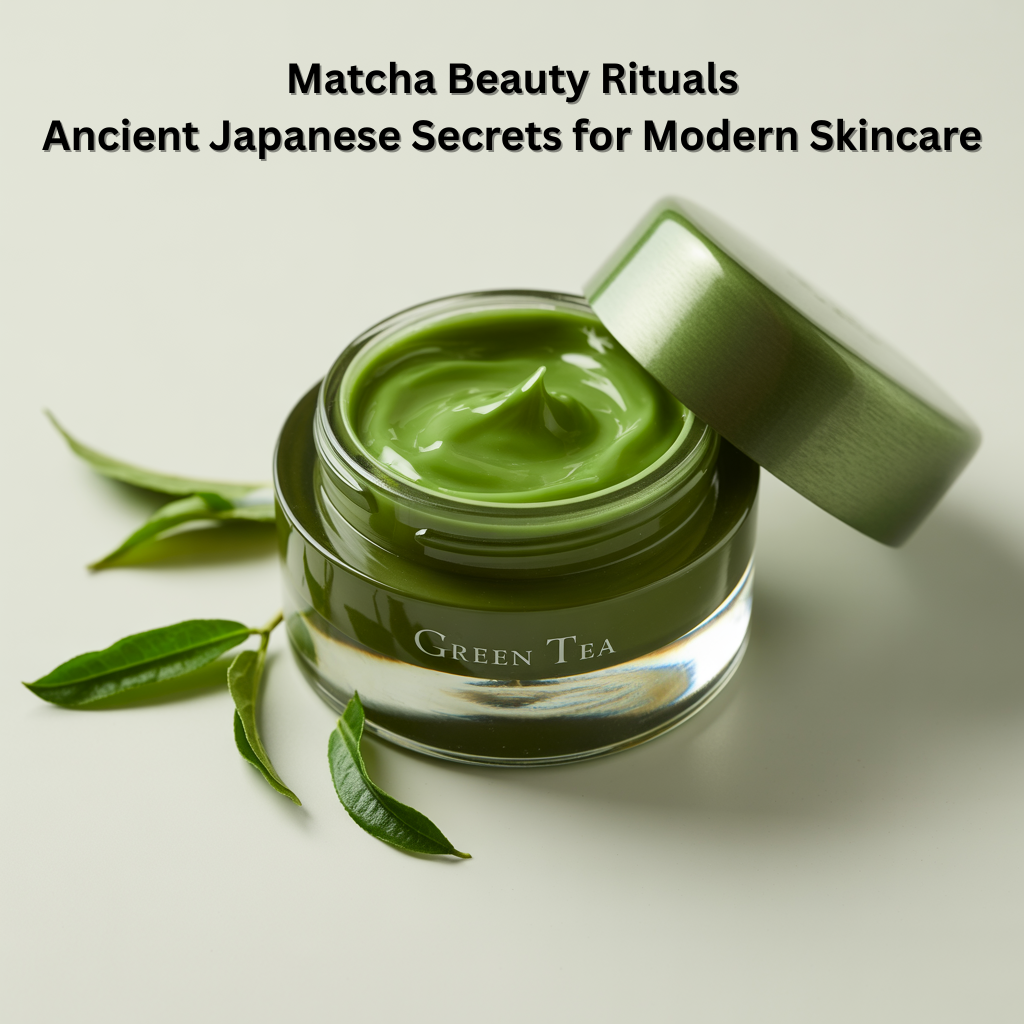
For centuries, Japanese women have maintained their legendary porcelain complexions through rituals passed down through generations. While the Western world has recently discovered matcha's health benefits, Japan's beauty traditions have long recognized this vibrant green powder as a skincare powerhouse. Today, modern science is finally catching up to what Japanese culture has known all along: matcha isn't just a superfood for your body, it is also a beauty elixir for your skin.
The Ancient Wisdom Behind Matcha Beauty
In traditional Japanese culture, the concept of "inside-out beauty" has always been fundamental. Geishas and nobility didn't just apply cosmetics; they consumed and used natural ingredients that nourished their skin from within¹. Matcha, with its concentrated levels of antioxidants and amino acids, became a cornerstone of these beauty practices.
The ceremonial preparation of matcha itself was considered a form of meditation, reducing stress, which is one of the primary causes of premature aging. This holistic approach to beauty, combining internal nourishment with external application, created the foundation for Japan's timeless skincare philosophy.

The Science Behind Matcha's Beauty Benefits
What makes matcha so exceptional for skincare lies in its unique cultivation and processing. Unlike regular green tea, matcha leaves are shade-grown for several weeks before harvest, dramatically increasing their chlorophyll and antioxidant content². The entire leaf is ground into powder, ensuring you receive the full spectrum of beneficial compounds.
The star ingredient is epigallocatechin gallate (EGCG), an antioxidant that's 137 times more concentrated in matcha than in regular green tea³. EGCG has been shown to:
- Stimulate skin cell regeneration
- Protect against UV damage and environmental pollutants
- Reduce inflammation and redness
- Support natural collagen production
Additionally, matcha contains L-theanine, an amino acid that promotes relaxation and may help reduce stress-related skin issues like breakouts and premature aging⁴.
Traditional Japanese Matcha Beauty Rituals
The Morning Matcha Meditation
Traditional Japanese beauty routines begin with mindful matcha consumption. This isn't just about drinking tea, it is also a meditative practice that sets a calm, focused tone for the day. The ritual involves:
- Preparation: Using a bamboo whisk (chasen) to create frothy, smooth matcha
- Mindfulness: Taking time to appreciate the aroma, color, and taste
- Intention: Setting positive intentions for the day while nourishing the body
This practice reduces cortisol levels, which can contribute to inflammation and accelerated aging⁵.
The Weekly Matcha Face Treatment
Japanese women have long applied matcha directly to their skin through simple yet effective face treatments. The traditional method involves:
Simple Matcha Purifying Mask:
- 1 teaspoon ceremonial-grade matcha powder
- 2 teaspoons rice water or green tea (cooled)
- 1/2 teaspoon honey (optional, for dry skin)
Mix ingredients into a smooth paste, apply to clean skin, and leave for 10-15 minutes before rinsing with cool water.

Modern Applications of Ancient Wisdom
Celebrity Beauty Secrets
Today's beauty icons are rediscovering these ancient practices. Celebrities like Miranda Kerr and Gwyneth Paltrow have credited matcha face masks for their glowing complexions⁶. The trend has sparked a global interest in "J-beauty" (Japanese beauty) products featuring matcha as a key ingredient.
DIY Matcha Beauty Recipes for Modern Skin Concerns
Anti-Aging Matcha Serum:
- 1/2 teaspoon matcha powder
- 1 tablespoon aloe vera gel
- 3 drops vitamin E oil
Perfect for targeting fine lines and protecting against environmental damage.
Acne-Fighting Matcha Spot Treatment:
- 1/4 teaspoon matcha powder
- 1 teaspoon clay (bentonite or kaolin)
- Rose water to form a paste
Apply to blemishes for 10 minutes to reduce inflammation and draw out impurities.
Brightening Matcha Exfoliant:
- 1 teaspoon matcha powder
- 1 tablespoon oatmeal (finely ground)
- 1 teaspoon yogurt
Gentle enough for weekly use to reveal smoother, more radiant skin.
The Internal-External Beauty Connection
The Japanese approach emphasizes that true beauty comes from within. Modern research supports this philosophy, showing that consuming matcha regularly can:
- Boost collagen synthesis from the inside out⁷
- Provide systemic antioxidant protection
- Improve skin hydration and elasticity
- Reduce inflammation throughout the body
For optimal results, combine daily matcha consumption (1-2 teaspoons) with weekly topical applications.
Choosing the Right Matcha for Beauty
Not all matcha is created equal for skincare purposes. For internal consumption, invest in ceremonial-grade matcha, which contains the highest concentration of beneficial compounds. For topical applications, entry-grade matcha is often sufficient and more cost-effective. Take a look at ICHA TEA's range of high-quality matcha for recommendations.
Look for matcha that is:
- Vibrant green in color
- Finely ground with smooth texture
- Sourced from Japan
- Stored in airtight, light-proof containers

Precautions and Best Practices
While matcha is generally safe for most people, consider these guidelines:
- Patch test any new topical applications
- Start slowly with internal consumption if you're caffeine-sensitive
- Use fresh matcha for best results (consume within 6 months of opening)
- Avoid if you have known allergies to green tea or caffeine
-
Consult with a healthcare provider if you're pregnant or have health conditions
Embracing the Matcha Beauty Lifestyle
The secret to Japanese beauty isn't just in the ingredients—it's in the mindful approach to self-care. Incorporating matcha into your beauty routine means embracing:
- Consistency: Regular, gentle care over harsh, sporadic treatments
- Mindfulness: Using beauty time as meditation and self-reflection
- Quality: Investing in pure, quality ingredients
- Patience: Understanding that good results develop over time
The radiant, healthy skin that Japanese women have celebrated for generations is within reach. By combining the ancient ritual of matcha consumption with topical applications, you can unlock the secrets to timeless beauty that honours both tradition and modern scientific understanding.
Start small, stay consistent, and let the gentle power of matcha transform your skin from the inside out.
Important Note: The information in this article is for educational and informational purposes only and has not been evaluated by Health Canada or the Food and Drug Administration. This content is not intended as medical advice, diagnosis, or treatment for any skin condition. Individual results may vary, and we recommend consulting with a dermatologist or qualified healthcare professional before incorporating new skincare ingredients or making significant changes to your beauty routine. Always perform a patch test before applying any new topical treatments to your skin.
You Might Also Enjoy These Articles
Curious to learn more about matcha topics and benefits?
- Does Matcha Help With Weight Loss?
- 3 Ways To Satisfy Your Sweet Cravings
- How to Craft Starbucks Quality Matcha Lattes at Home
- What's Going On With This Matcha Shortage?!
- Matcha L-Theanine Benefits for Stress Reducing
References
- Hashimoto, K., et al. "Traditional Japanese Beauty Practices and Their Scientific Basis." Journal of Cosmetic Science, vol. 69, no. 3, 2018, pp. 23-31. https://journal.scconline.org/abstracts/cc2018/cc069n02/p00023-p00031.html
- Kim, E., et al. "Skin Protective Effect of Epigallocatechin Gallate." International Journal of Molecular Sciences, vol. 19, no. 1, 2018, article 173. https://www.mdpi.com/1422-0067/19/1/173
- Kochman, J., et al. "Health Benefits and Chemical Composition of Matcha Green Tea: A Review." Molecules, vol. 26, no. 1, 2021, article 85. https://www.mdpi.com/1420-3049/26/1/85
- Hidese, S., et al. "Effects of L-Theanine Administration on Stress-Related Symptoms and Cognitive Functions." Nutrients, vol. 11, no. 10, 2019, article 2362. https://www.mdpi.com/2072-6643/11/10/2362
- Steptoe, A., et al. "The effects of tea on psychophysiological stress responsivity and post-stress recovery." Psychopharmacology, vol. 190, no. 1, 2007, pp. 81-89. https://link.springer.com/article/10.1007/s00213-006-0573-2
- Roh, E., et al. "Molecular mechanisms of green tea polyphenols with protective effects against skin photoaging." Critical Reviews in Food Science and Nutrition, vol. 57, no. 8, 2017, pp. 1631-1637. https://www.tandfonline.com/doi/abs/10.1080/10408398.2014.1003365
- Chiu, A.E., et al. "Double-blinded, placebo-controlled trial of green tea extracts in the clinical and histologic appearance of photoaging skin." Dermatologic Surgery, vol. 31, no. 7, 2005, pp. 855-860. https://onlinelibrary.wiley.com/doi/abs/10.1111/j.1524-4725.2005.31731


